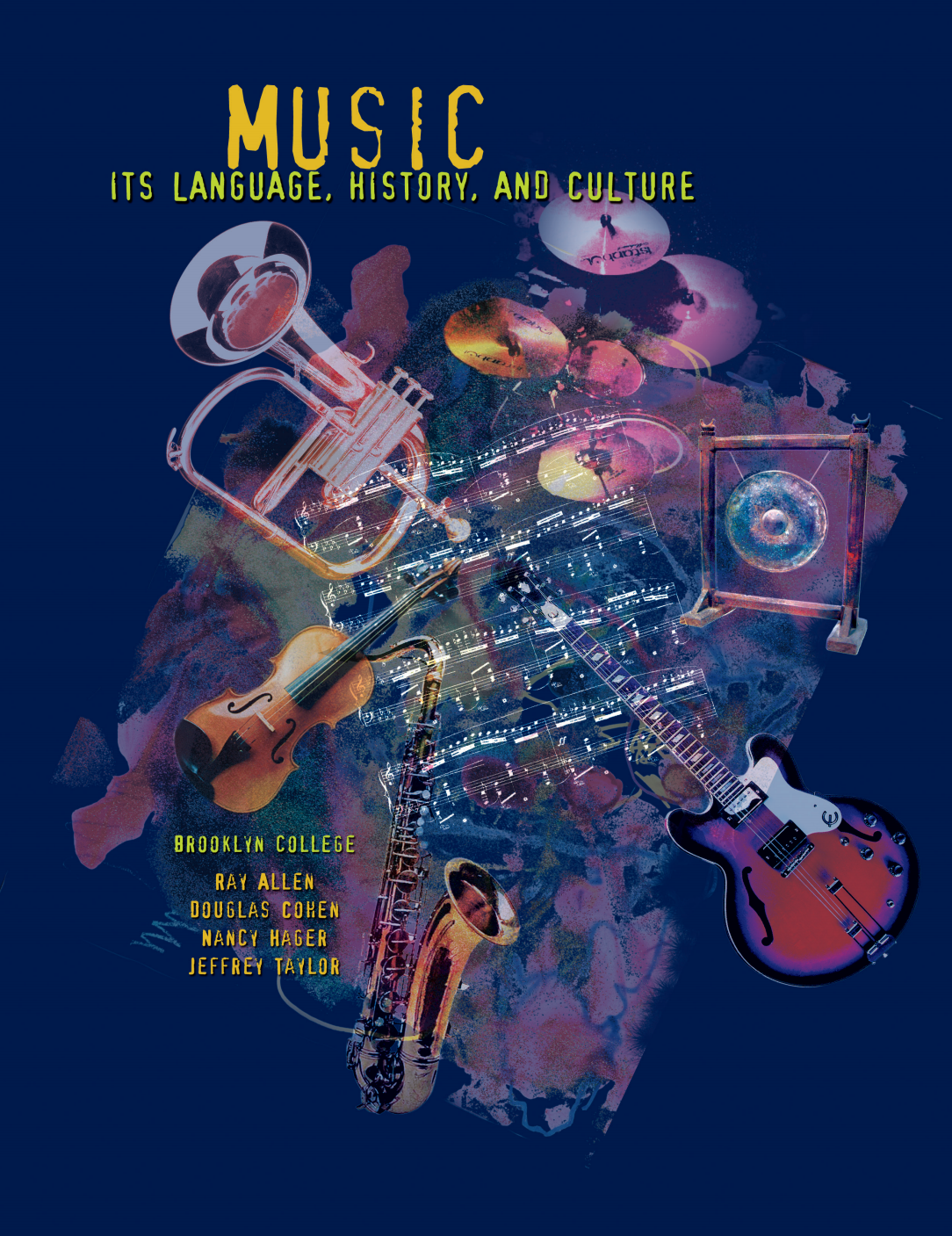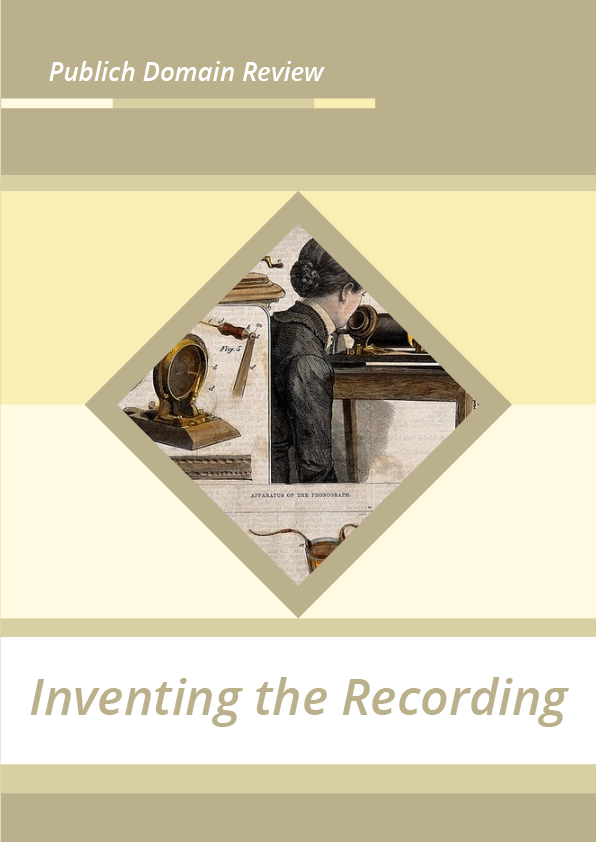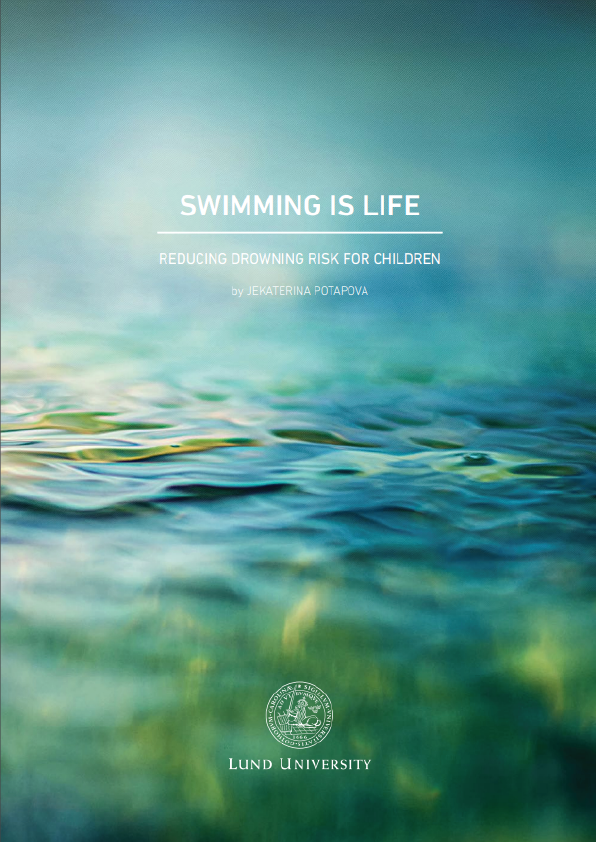Welcome to Music 1300, Music: Its Language History, and Culture. The course has a number of interrelated objectives:
- To introduce you to works representative of a variety of music traditions. These include the repertoires of Western Europe from the Middle Ages through the present; of the United States, including art music, jazz, folk, rock, musical theater; and from at least two non-Western world areas (Africa, Asia, Latin America, the Caribbean, the Middle East, Indian subcontinent).
- To enable you to speak and write about the features of the music you study, employing vocabulary and concepts of melody, rhythm, harmony, texture, timbre, and form used by musicians.
- To explore with you the historic, social, and cultural contexts and the role of class, ethnicity, and gender in the creation and performance of music, including practices of improvisation and the implications of oral and notated transmission.
- To acquaint you with the sources of musical sounds—instruments and voices from different cultures, found sounds, electronically generated sounds; basic principles that determine pitch and timbre.
- To examine the influence of technology, mass media, globalization, and transnational currents on the music of today.
The chapters in this reader contain definitions and explanations of musical terms and concepts, short essays on subjects related to music as a creative performing art, biographical sketches of major figures in music, and historical and cultural background information on music from different periods and places.
ELEMENTS OF SOUND AND MUSIC
Making music has been an activity of human beings, both as individuals and with others, for thousands of years. Written texts, pictorial representations, and folklore sources provide evidence that people from all over the globe and from the beginnings of recorded history have created and performed music for religious rituals, civil ceremonies, social functions, story telling, and self-expression. Some of the terminology, concepts, and vocabulary used by musicians in writing and talking about the many types of music you will be studying are discussed in this section on elements of sound and music.
Elements of Sound
From the perspective of a musician, anything that is capable of producing sound is a potential instrument for musical exploitation. What we perceive as sound are vibrations (sound waves) traveling through a medium (usually air) that are captured by the ear and converted into electrochemical signals that are sent to the brain to be processed. Since sound is a wave, it has all of the properties attributed to any wave, and these attributes are the four elements that define any and all sounds. They are the frequency, amplitude, wave form and duration, or in musical terms, pitch, dynamic, timbre (tone color), and duration.











